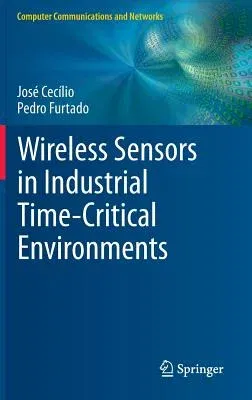Modern industrial systems are often highly automated, with hundreds or
even thousands of sensors and actuators monitoring the various
processes, overseen by a distributed control system (DCS). Such control
systems increasingly make use of wireless communications, yet these must
still satisfy all safety-critical requirements.
This unique text/reference introduces the components, operations,
industry protocols and standards of DCS, and shows how to include
wireless technology in their design while guaranteeing the desired
operation characteristics. The book not only discusses the theory, but
also presents insights and results gained from extensive practical
experience in implementing and testing systems within a specific
industrial setting.
Topics and features: reviews the concepts, components and architectures
supporting DCS; examines the operations that the DCS implements,
covering human-machine interfaces, diagnostics and maintenance
interfaces, and controllers; discusses industrial control system and
wireless network protocols; reviews scheduling in wireless sensor
networks; describes a latency model for heterogeneous DCS with wired and
wireless parts, that predicts monitoring latencies, command latencies
and closed loop latencies; explains how to plan operation timings
systematically; introduces measures and metrics for performance
monitoring and debugging, and describes how to add performance
monitoring and debugging to a system; presents experimental results to
validate the planning approach, based on an application test-bed.
This practical guide for real-world implementation will be of
considerable interest to a wide audience, from professional engineers to
researchers and students. It is suitable as a supporting text for both
undergraduate and graduate courses covering industrial systems,
networks, real-time systems, wireless sensor networks or embedded
systems.

